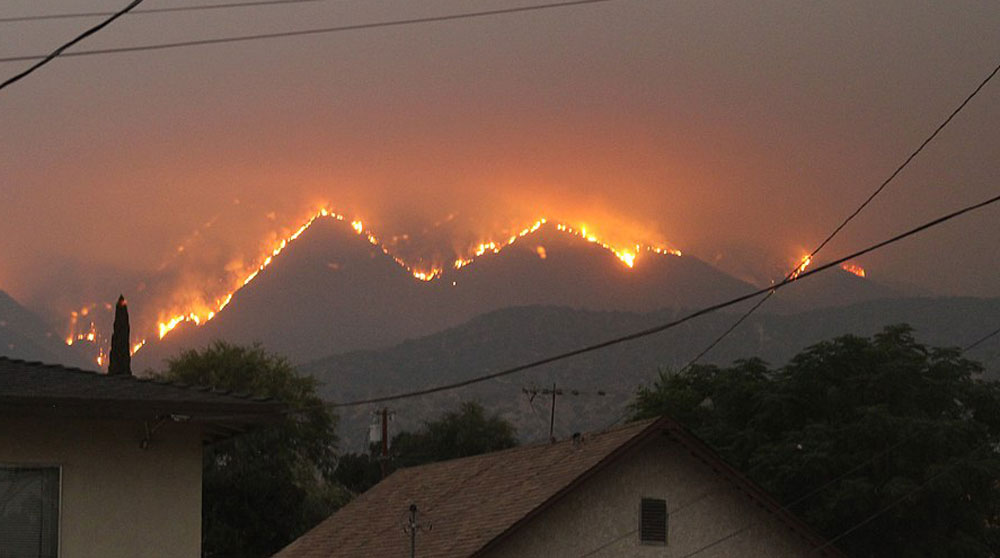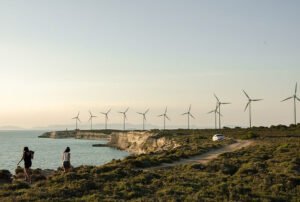
September 14, 2020; Washington Post
The skies turned orange. At least 35 people are dead as wildfires continue to ravage California, Oregon, and Washington. Throughout these states, thick plumes of smoke are making it difficult to breathe, creating harmful air conditions that may not let up in some areas for days.
In Oregon, more than one million acres have burned so far and at least 10 people have been killed, while another 3,000 are staying in county-run shelters. In California, at least 24 people have been killed, more than 3.2 million acres have burned, and more than 4,200 structures have been destroyed since the middle of August. As NPQ covered last week, the previous record for fire in California was 1.9 million acres; typically, the main fire season in California is concentrated in October and November, meaning that 3.2 million acre number has a good chance to grow considerably larger before this year’s fire season ends.
Air quality index readings, although shy of the historic highs reached in Australia this past January, have reached record levels and are literally “off the charts,” often exceeding 500 (any reading above 300 is considered hazardous). Writing a companion article for the Washington Post, Samantha Schmidt writes of the effects of the smoke:
Nauseating and suffocating, it lingers—in clothes, on hair, in bedsheets. No shower seems capable of getting rid of it, no air freshener can mask the scent. It seeps inside, even with windows and doors closed. Crack a car door open and it finds its way in. Turn on the air conditioning and the vents spit out even more. Put on your mask and it smothers you in the smell of ash.
Among the impacts of the fires, Paulina Firozi and Andrew Freedman report in the Washington Post, the “US Postal Service announced it is temporarily shuttering post offices in the three states because of high winds and the continued fires.”
Sign up for our free newsletters
Subscribe to NPQ's newsletters to have our top stories delivered directly to your inbox.
By signing up, you agree to our privacy policy and terms of use, and to receive messages from NPQ and our partners.
Back when the fires were happening in Australia, we asked at NPQ whether the fires might lead to greater political demand for action to address the global climate emergency. Now, once again, we face the same question for ourselves.
Of course, no one fire can be traced to any single cause. And yet, there is little doubt that global heating is helping exacerbate the fires considerably. As Drew Kann and Brandon Miller report for CNN, as devastating as the current fires are, “far worse disasters could be on the horizon”:
How bad it gets depends on what we as humans do to reduce heat-trapping gas emissions, said Michael Mann, the director of Penn State University’s Earth System Science Center.
“By some measure, it’s clear that ‘dangerous climate change’ has already arrived…It’s a matter of how bad we’re willing to let it get.”
Kann and Miller add that August 2020 “was the warmest on record for the state of California…and each of the past six years were at least one to two degrees Celsius (1.8 to 3.6 degrees Fahrenheit) warmer than the historical average.”—Steve Dubb













